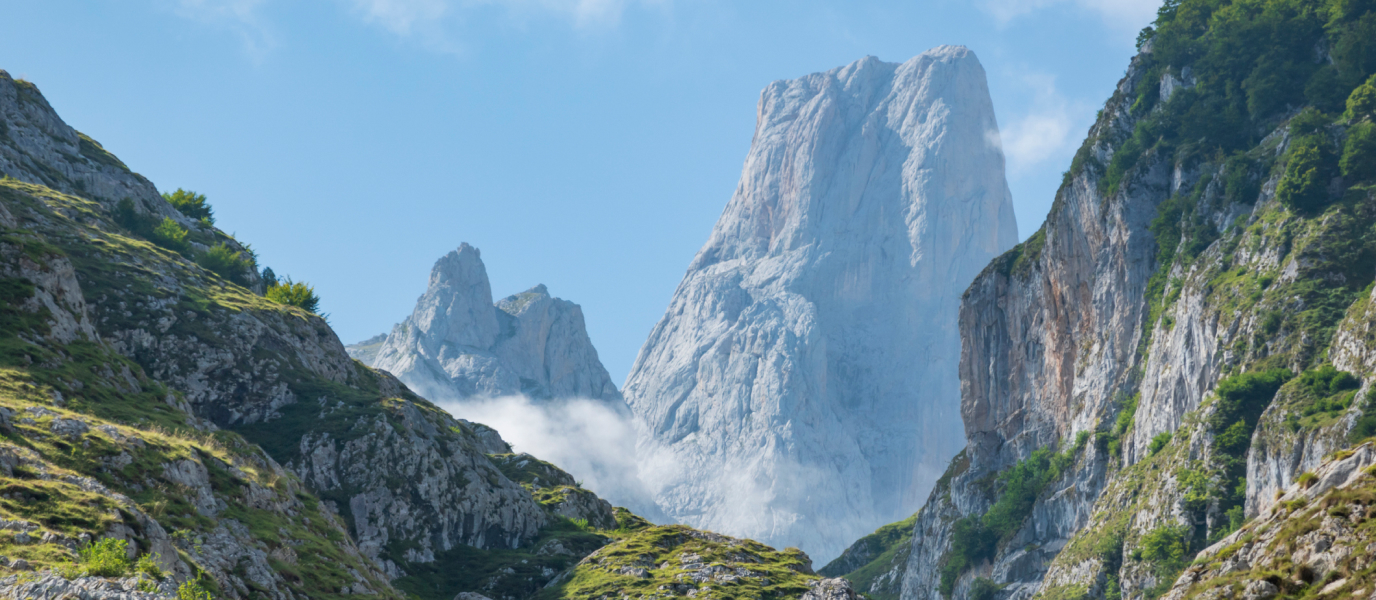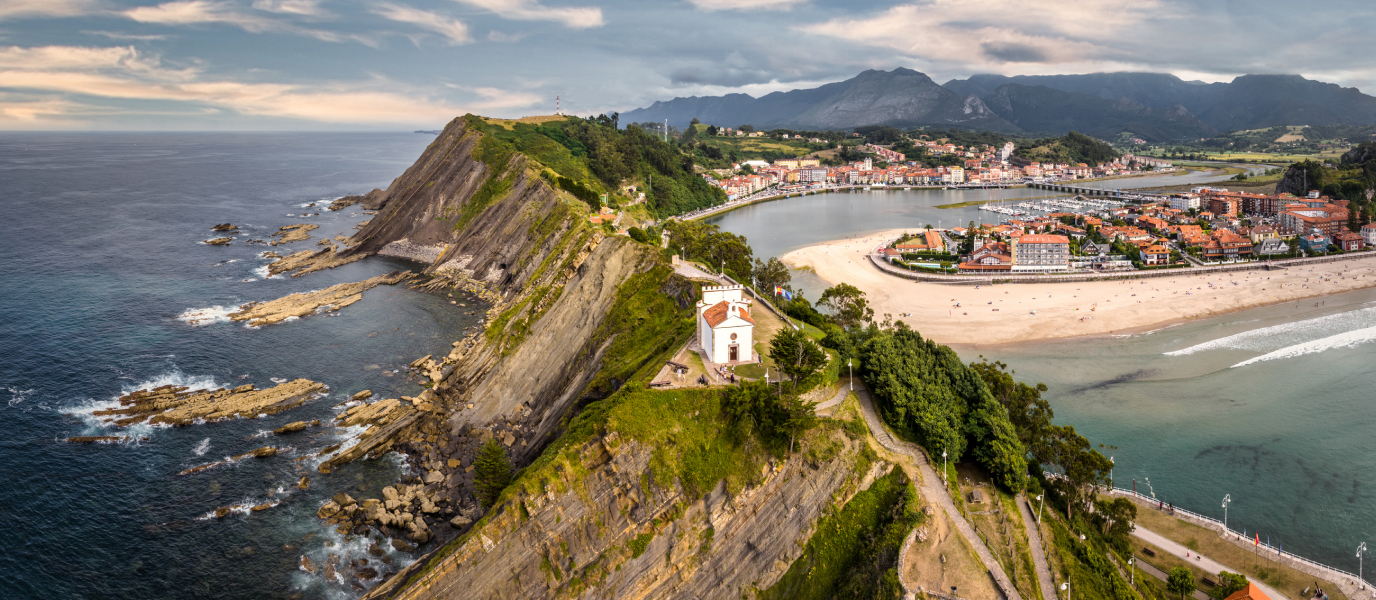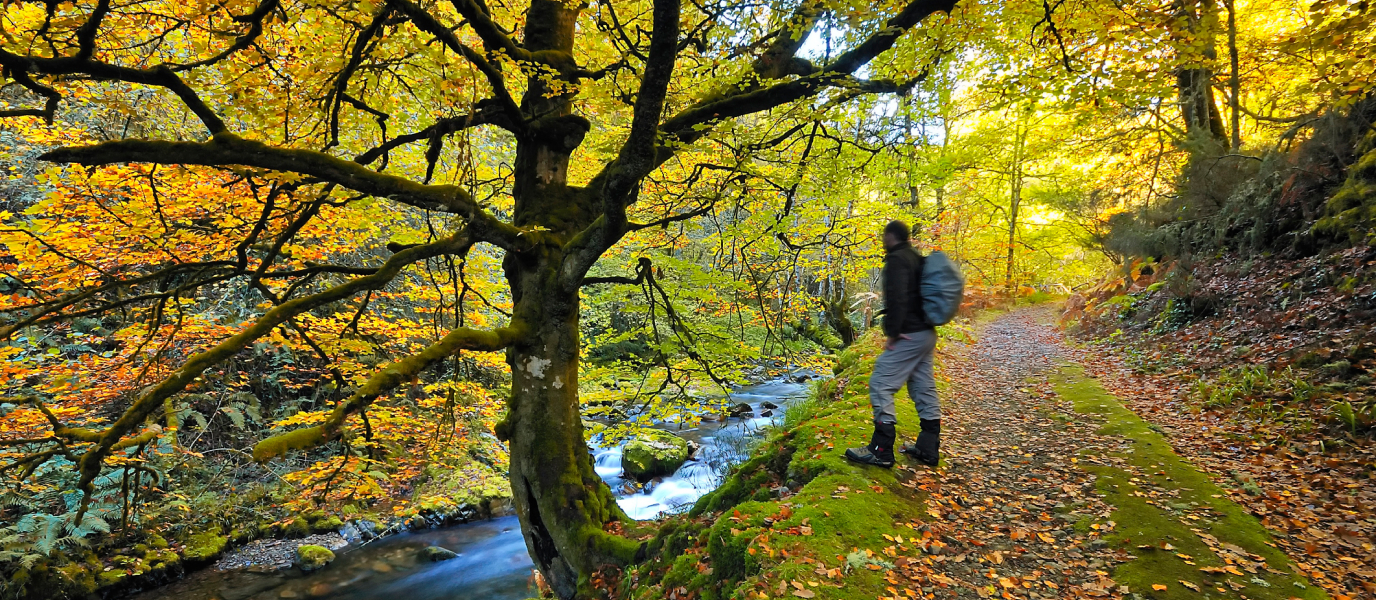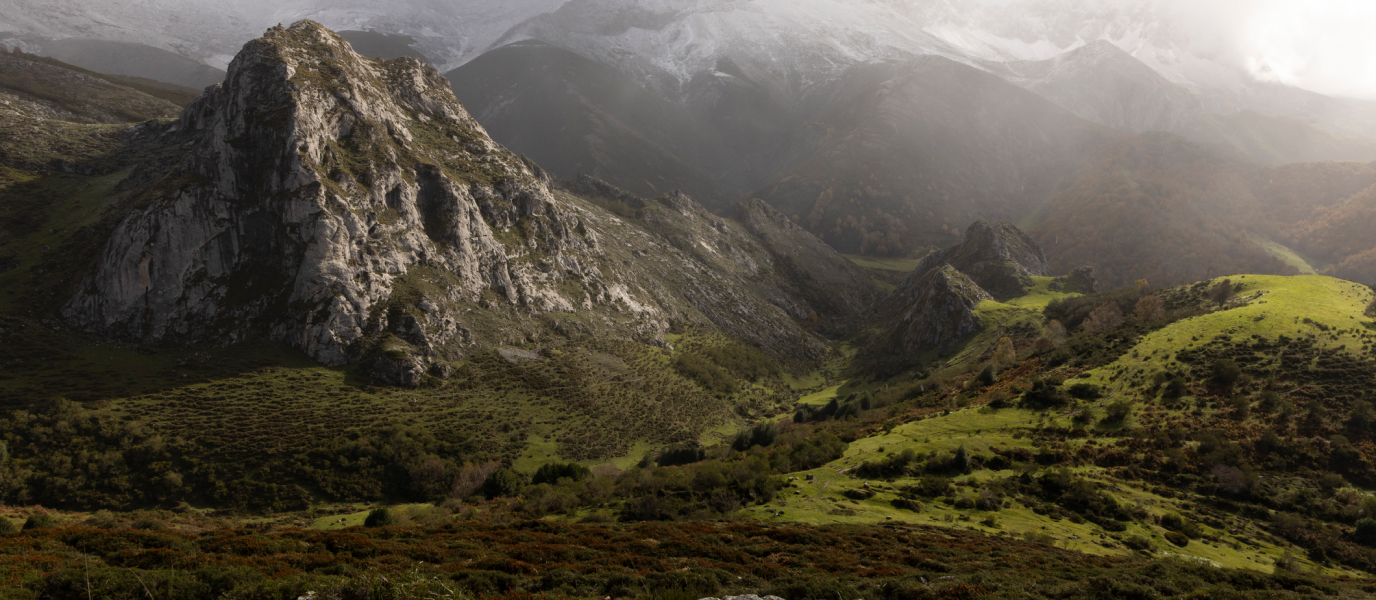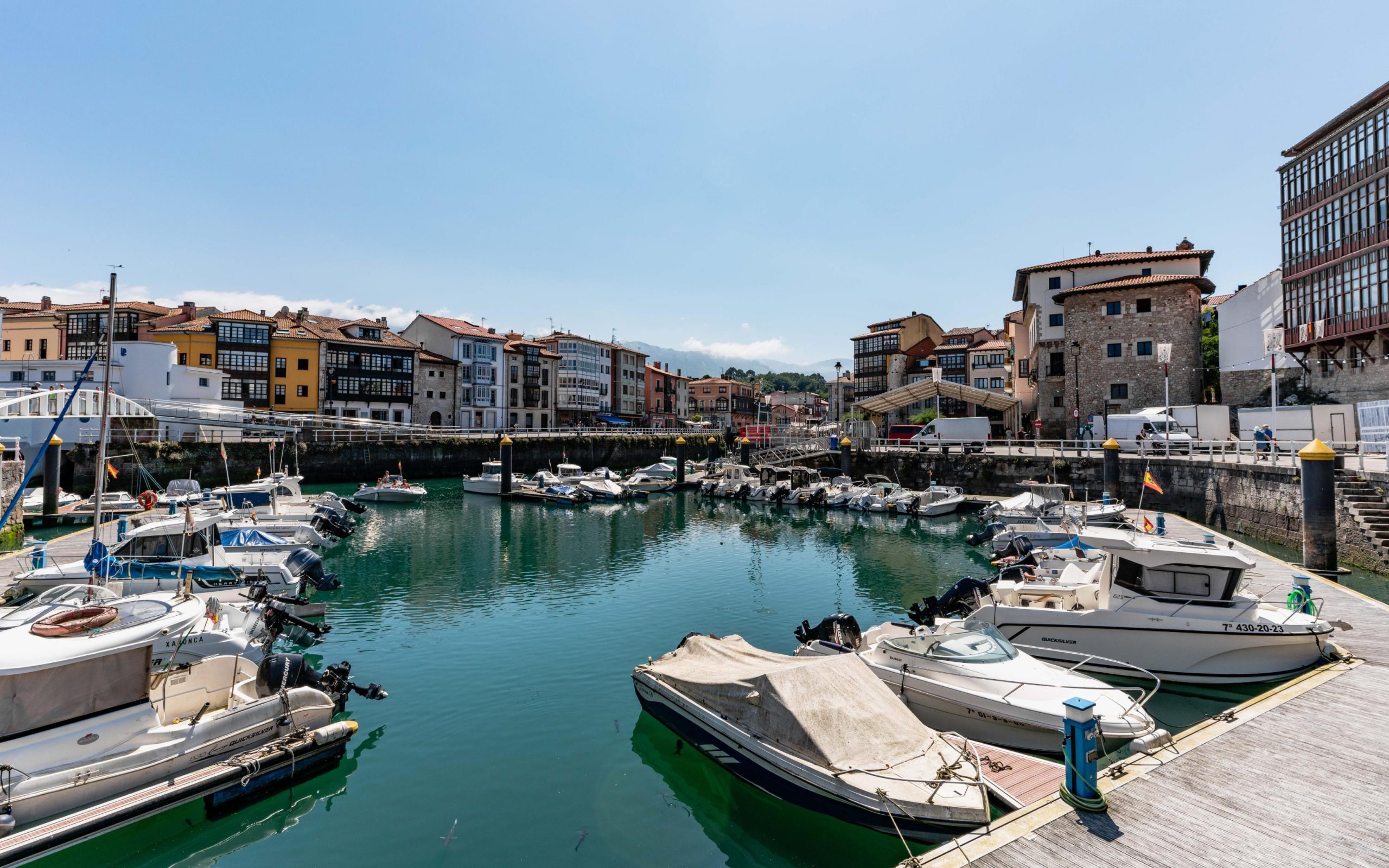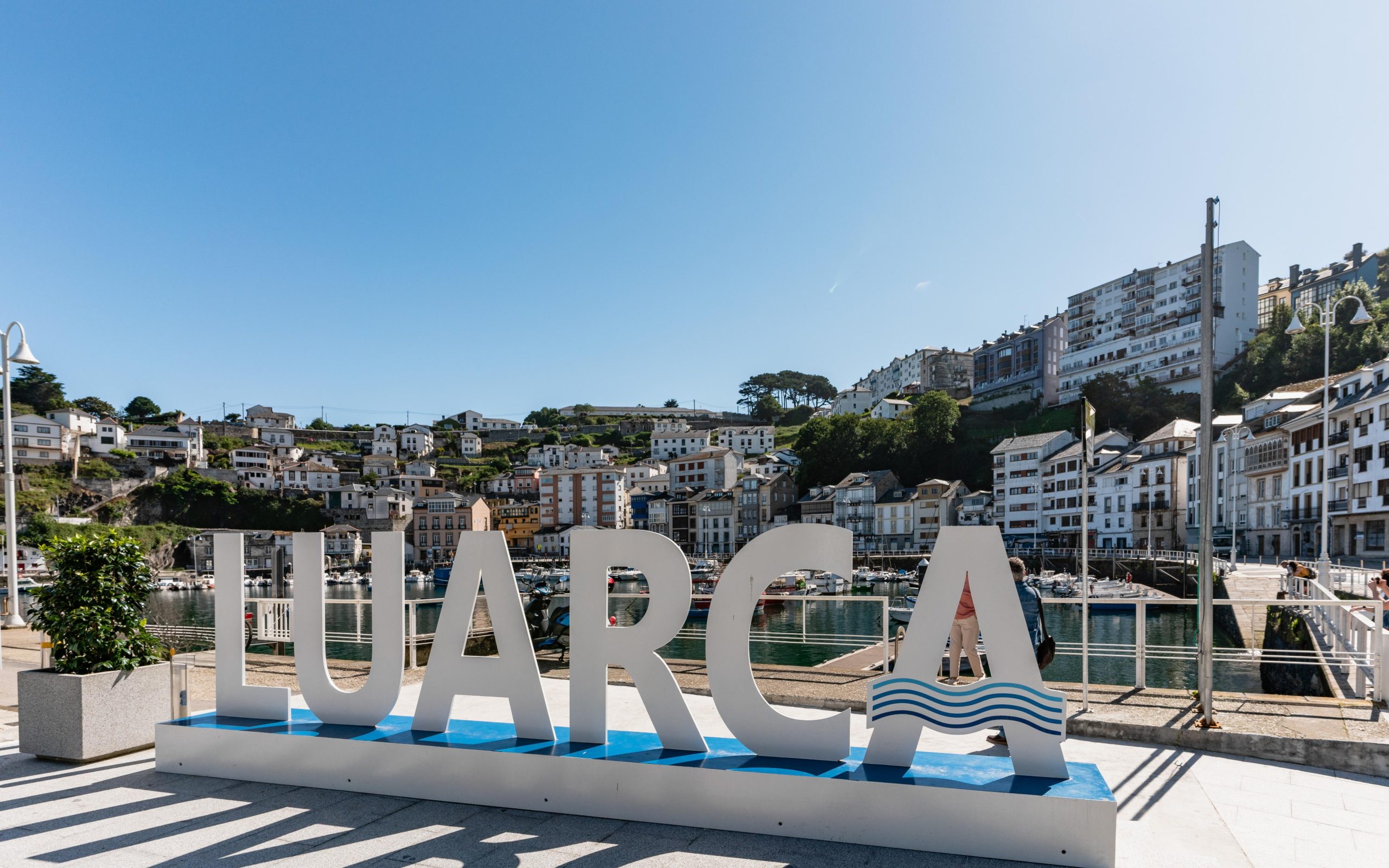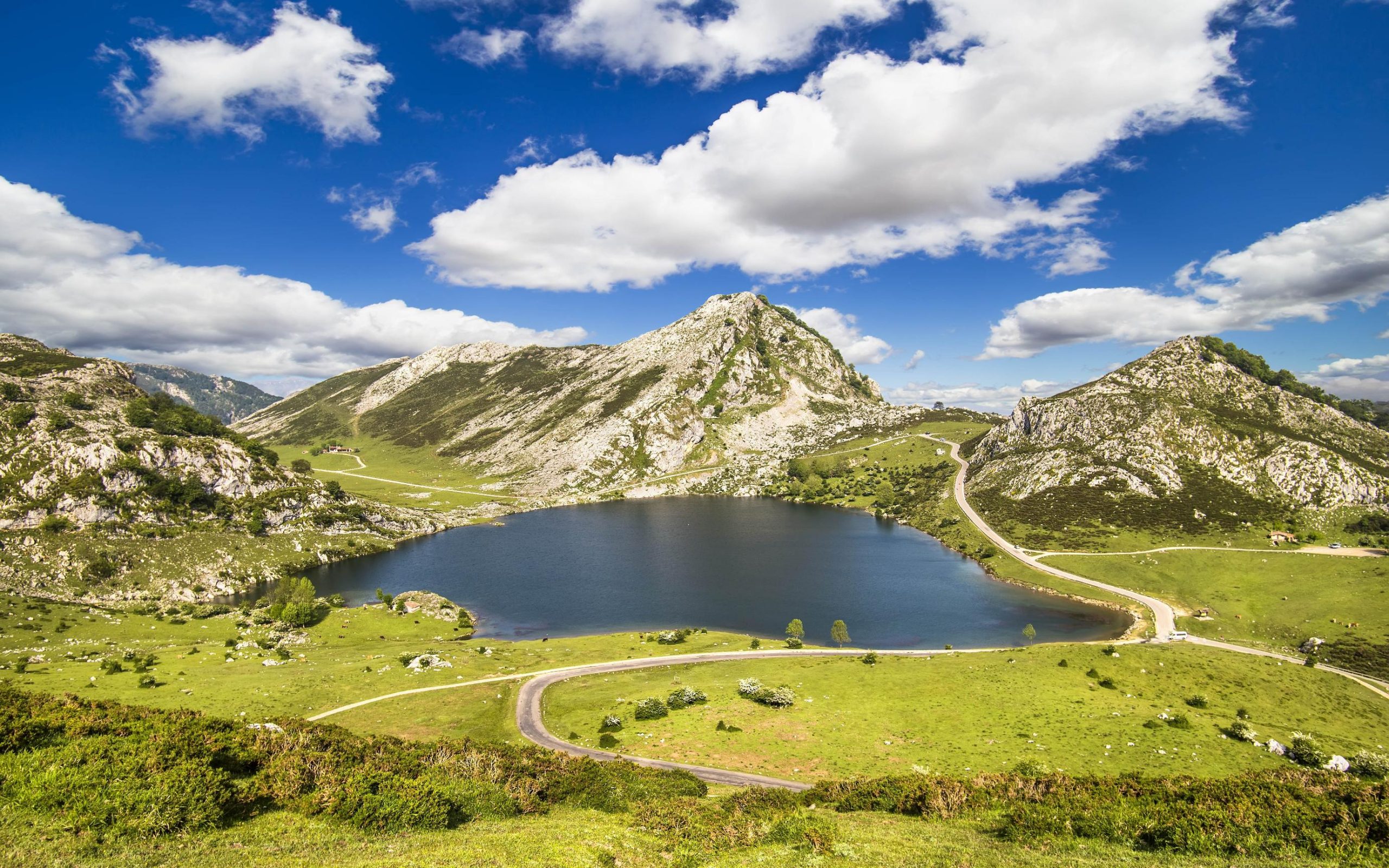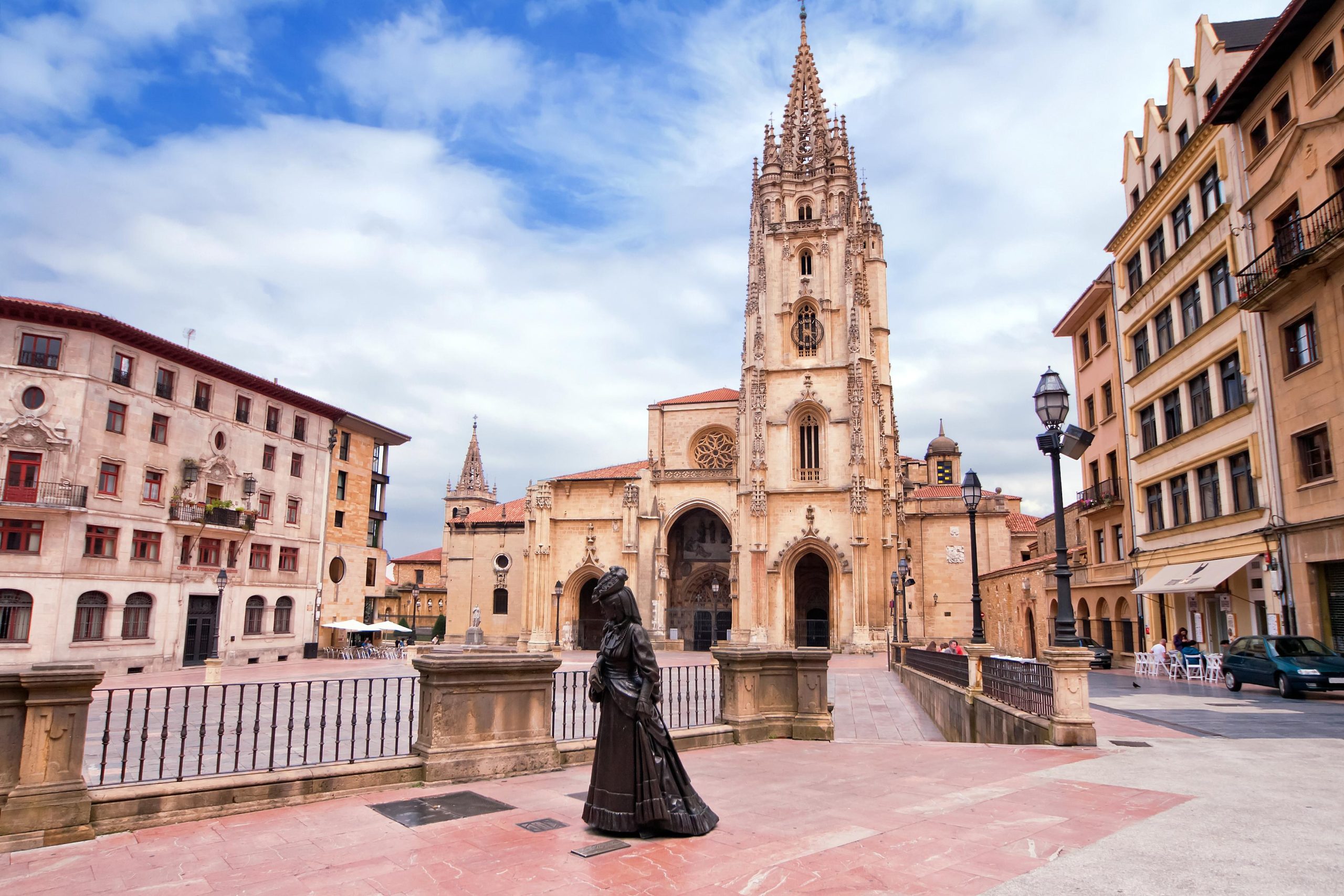Picos de Europa National Park is much more than a unique protected area of biological and geological wonders – it is a symbol not only of the Principality of Asturias but also Cantabria and Castilla y León. The highest point of this magnificent park is Torre Cerredo peak at 2,648 m.
Nature buffs are not the only ones who can enjoy one of the first National Parks of Spain, created in 1918, under the name Parque Nacional de la Montaña de Covadonga.
Sports enthusiasts, especially hikers and rock climbers, will be equally spoilt by what Picos de Europa has to offer. A network of hiking trails zigzags through the park, providing riveting views of one of the most singular places in Spain.
Picos de Europa: The wonder of Asturias
The Picos de Europa mountain range spans 67,000 hectares, and one of its most important features is the concentration of peaks that are 2,500 m above sea level and in close proximity to the sea – the Cantabrian Sea is a mere 15 km away from the northernmost part of the park.
The range is divided into three massifs, each presenting distinct geological features:
- Western massif: The most extensive of the three, it lies between the Sella and Dobra Rivers to the west and Cares Gorge to the east. This is where you’ll find Covadonga Mountain and its famous lakes.
- Central massif: The highest concentration of vertical peaks lies in this area between the Cares Gorge and the Duje River. There are a total of 38 peaks over 2,500 m, including the most iconic peak of Asturias called Urriellu, or Naranjo de Bulnes, which stands at a height of 2,519 m.
- Eastern massif: This area has the lowest mountains of the range. Even so, it offers some breathtaking landscapes, such as Silla del Caballo Cimero, at a height of 2,436 m; and Ándara Lake, one of the largest lakes of Picos de Europa.
The Lakes of Covadonga
When Picos de Europa National Park was first created in 1918, it was centred on the Covadonga Mountains and Lakes, and acknowledged the unique flora and fauna of this privileged setting. The area was already well known in Asturias for housing the Covadonga Basilica, a place of worship commemorating the beginning of the Reconquista and the Lakes of Covadonga – two small glacial lakes, located at a height of 1,100 m. They only way to reach the lakes is to take a vertiginous 14.5 km road that begins near the Basilica. Fun fact about the road: it is ranked one of the toughest road bicycle racing climbs of the Tour of Spain, having earned its iconic status thanks to the feats of the cyclists Marino Lejarreta, Pedro Delgado, Laurent Jalabet, Lucho Herrera, Álvaro Pino, Nairo Quintana and Thibaut Pinot, among others.
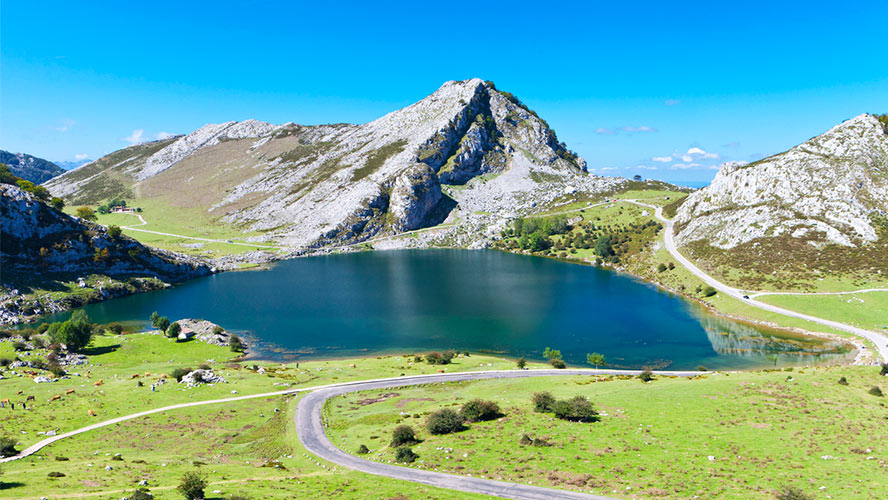
The Lakes of Covadonga are composed of the two following lakes:
- Lake Enol: Located at 1,070 m above sea level, its emerald-green waters take on a deeper shade during the winter months.
- Lake Ercina: Located at 1,108 m above sea level, its sits higher than Lake Enol. Its volume has been altered as a result of the construction of a damn at one end of the lake to supply water to the local mine of
What else to visit in Picos de Europa
The Lakes of Covadonga is the most iconic and visited area of Picos de Europa. However, there are other areas to visit that are equally as stunning, if not more so. Here are just a few:
- Urriellu/Naranjo de Bulnes Peak: Usually hidden under a blanket of fog, this mountain is a must-see. The climb is not for the faint-hearted, making it the ideal climb for experienced hikers looking for a challenge.
- The Village of Bulnes: Located in the remote parish of Cabrales, it is accessible by a cable car. It is one of the main access points to the park, mainly for hikers and rock climbers looking to climb Narajo de Bulnes.
- Cares Trial: One of the most popular hiking trails of Asturias, if not of Spain, runs along the Cares Gorge. It was initially designed to bring supplies to Camarmeña-Poncebos, a small hydroelectric plant.
- La Hermida Canyon: The Deva River carved this magnificent natural environment. A road snakes along the gorge, connecting the towns of Peñamellera Baja and Tresviso in Cantabria. The narrow walls of the jagged gorge are covered with vegetation.
Sotres: The highest village in Asturias, it is located 1,050 m above sea level and in the parish of Cabrales, producer of the cheese that goes by the same name.
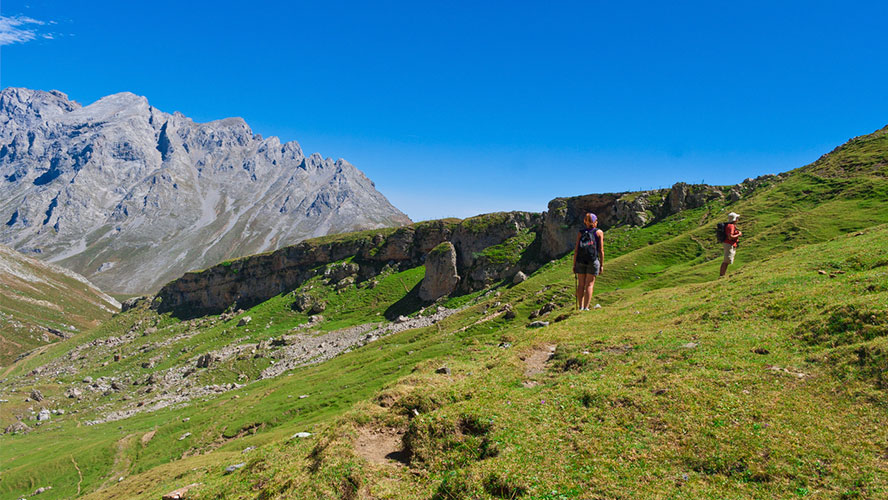
Hiking Picos de Europa: Family-fun for teens and adults
Leaving Cares Gorge to intrepid hikers, Picos de Europe offers some less challenging but equally spectacular hiking trails that can be done with the family, alone or in groups. Be sure to research the trail before you lace up to make sure it is the one right for you. Here are some of our favourites:
- Senda del Arcediano (The Archdeacon’s Trail): The 28 km trail is divided into two. The first stretch runs from Puerto del Pontón to Soto de Sajambre and is an easy-to-moderate walk, while the second stretch to Amieva is a bit more demanding.
- Desfiladero de Los Beyos: The road follows the banks of Sella River for 12 km. The entire round-trip hike is 32 km.
- Pueblos de Sajambre: Take the 11 km circular hike to discover the main villages of an area which honours agricultural tradition and environmental sustainability.
- La Vega de Llos: The 13 km circular footpath takes you through the Valley of Valdeón and offers some of the most breathtaking panoramic view of Picos de Europa.
If travelling with young children, there are also plenty of less taxing hikes for you.





























































